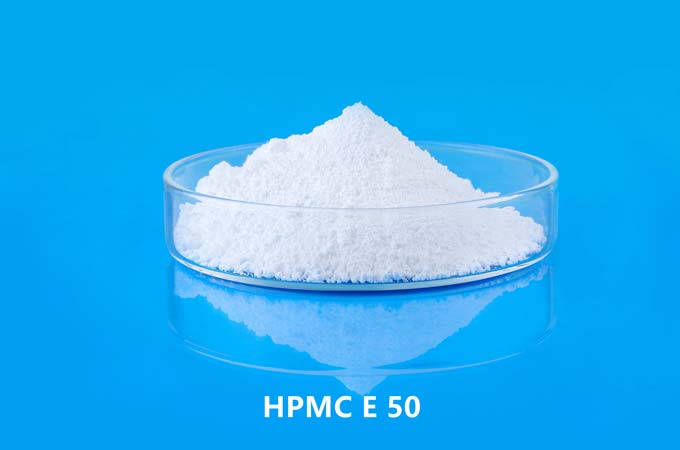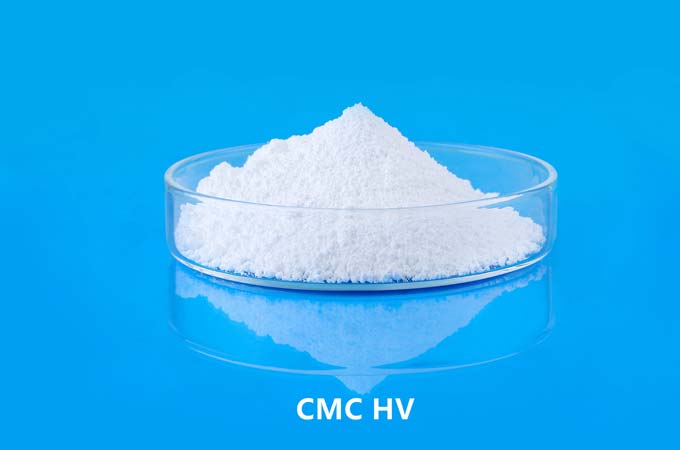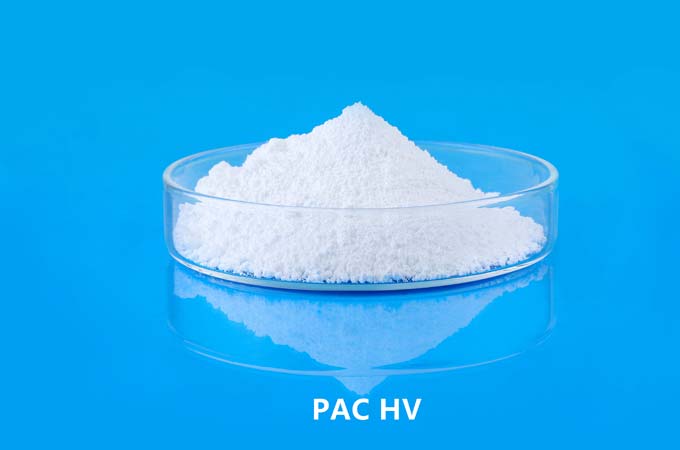Redispersible polymer powder (RDP) is a versatile additive used in various construction materials to enhance their performance. One of its primary functions is to improve adhesion. This ability to enhance adhesion is crucial in applications such as tile adhesives, external insulation and finish systems (EIFS), self-leveling compounds, and repair mortars. Understanding how RDP enhances adhesion requires a look into its chemical composition, mechanism of action, and the resulting benefits when incorporated into building materials.
Chemical Composition and Properties
RDP is derived from water-soluble polymers that have been spray-dried into a powder form. These polymers are often based on vinyl acetate ethylene (VAE), acrylic, or styrene-butadiene. The powder form allows for easy handling and incorporation into dry-mix mortars and other cementitious products. When water is added to these dry mixtures, the RDP re-disperses back into a latex form, exhibiting properties similar to those of the original polymer dispersion.
Mechanism of Action
Film Formation
The enhancement of adhesion by RDP begins with its ability to form a continuous polymer film upon the addition of water. When RDP is mixed with water and applied to a substrate, the polymer particles coalesce and form a film that acts as a binder. This film-forming property is crucial as it creates a strong, flexible matrix that bonds the cementitious materials together and to the substrate. The flexibility of the polymer film accommodates the thermal and mechanical stresses that occur during the curing process and throughout the life of the material, preventing cracks and delamination.
Surface Modification
RDP modifies the surface characteristics of the substrate and the matrix it is mixed with. The polymer particles can penetrate the pores of the substrate, leading to improved mechanical interlocking. This interlocking enhances the physical bond between the adhesive or mortar and the substrate. Additionally, RDP chemical reduces the surface tension of the mixture, allowing it to wet the substrate more effectively. Improved wetting ensures better contact and adhesion to the substrate, which is particularly important for non-porous surfaces that are typically challenging to bond.
Chemical Interaction
Beyond physical modifications, redispersible polymer powder types can enhance adhesion through chemical interactions. The polymer chains can interact with the hydration products of cement, such as calcium silicate hydrate (C-S-H) and calcium hydroxide (Ca(OH)_2). These interactions can lead to improved bonding at the molecular level. For example, the carboxyl groups in acrylic-based RDPs can form ionic bonds with calcium ions in the cement matrix, creating a stronger chemical bond.
Benefits in Construction Applications
Improved Bond Strength
The combination of film formation, surface modification, and chemical interaction results in significantly improved bond strength. For tile adhesives, this means a more secure attachment of tiles to various substrates, including concrete, plaster, and drywall. The enhanced adhesion minimizes the risk of tile displacement and ensures long-term durability.
Flexibility and Crack Resistance
The flexibility imparted by the polymer film helps accommodate movements due to thermal expansion, mechanical loads, and substrate shrinkage. This flexibility reduces the likelihood of cracking, which can compromise the adhesive bond. In EIFS and repair mortars, this property is essential for maintaining the integrity of the system under various environmental conditions.
Water Resistance
RDP also enhances the water resistance of the adhesive or mortar. The polymer film formed by RDP is generally hydrophobic, meaning it repels water. This property helps in maintaining adhesion even in moist or wet conditions. In self-leveling compounds and exterior applications, this resistance to water ingress is critical for preventing adhesion loss and ensuring longevity.
Ease of Application
The inclusion of RDP in dry-mix formulations improves the workability of the mixture. The enhanced wetting and spreading characteristics make the application process more efficient and less labor-intensive. This ease of application ensures a more uniform and consistent bond, further contributing to the overall adhesive performance.
Practical Considerations
Dosage and Compatibility
The effectiveness of RDP in enhancing adhesion depends on the correct dosage and compatibility with other components in the mix. Overuse of RDP can lead to excessive flexibility and reduced compressive strength, while underuse may not provide sufficient adhesion improvement. Therefore, it is crucial to follow manufacturer recommendations and conduct performance tests to determine the optimal RDP content for specific applications.
Environmental Factors
Environmental conditions, such as temperature and humidity, can affect the performance of RDP-enhanced materials. Proper curing conditions are essential to ensure that the polymer film forms correctly and that the adhesive properties are fully developed. In some cases, additives may be used to modify the setting time and improve performance under adverse conditions.
Redispersible polymer powder significantly enhances the adhesion of construction materials through a combination of physical and chemical mechanisms. By forming a flexible, continuous polymer film, modifying surface characteristics, and interacting chemically with the cement matrix, RDP ensures strong and durable bonds. These improvements are critical for a wide range of applications, from tile adhesives to repair mortars, contributing to the reliability and longevity of modern construction systems. Proper understanding and use of RDP can lead to better performance, efficiency, and durability in various building projects.
 English
English 日本語
日本語 français
français Deutsch
Deutsch Español
Español italiano
italiano русский
русский português
português العربية
العربية Türkçe
Türkçe Nederland
Nederland



